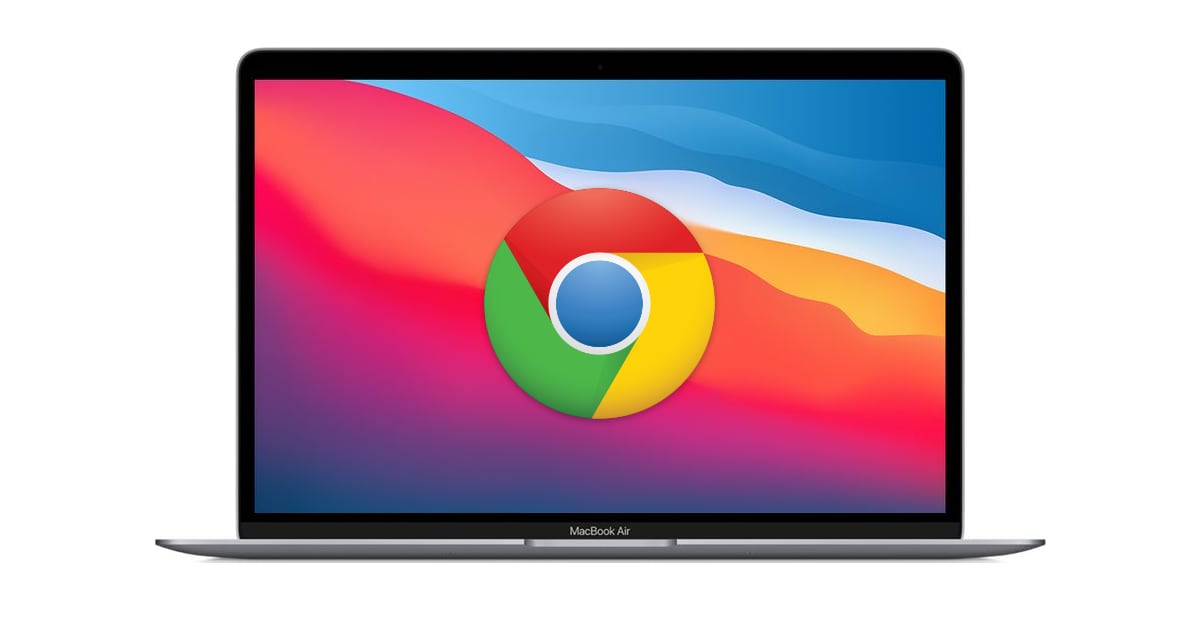The Google Chrome team has been hard at work to improve its browser on various platforms, after years of well-deserved criticism regarding its CPU and memory usage. Despite being one of the most popular and perhaps the best cross-platform web browsers, Chrome has been the worst when it comes to efficiency and has been known to heat up laptops and drain batteries on portable devices.
While Chrome definitely uses more resources than other browsers, there have also been some dubious claims such as 10X more RAM usage than Safari, and that it slows down Macs because of Keystone updater.

Chrome continues to get energy efficiency improvements
As posted on the Chromium Blog, Chrome for macOS has a smaller memory footprint for background tabs, which helps in saving almost 1GB memory in some situations. Of course, the wording here carefully says “up to”, which means that in many situations, users might not see much of a difference and the actual impact might be less than 8% savings.
Chrome is also shrinking its memory footprint in background tabs on macOS, something we’ve been doing on other platforms for a while. We’re seeing up to 8% memory savings, which is more than 1GiB in some cases!
With Chrome 87, Google had introduced tab throttling, which disallows background tabs from using CPU, while allowing websites to continue playing music or send background notifications. Google had claimed that this will reduce CPU usage by 5x, and extend battery life by 1.25 hours. Based on real-world usage data gathered from this feature, users should now see 65% improvement in the Energy Impact score, which should help keep Macs cool and fans quiet. After updating to Chrome 89, you can check the Energy Impact score by opening Activity Monitor on your Mac, and switching to the Energy tab.
Chrome has also received some important memory savings on other platforms. Chrome on Windows will see up to 22% memory savings for the browser process, 8% for the renderer, and 3% for GPU. This should result in browser responsiveness improvement by 9% on average. Chrome also uses PartitionAlloc on Windows and Android now, which improves how memory is reallocated and saves almost 100MB per tab on popular websites.
When it comes to Android, Google Chrome has a large number of improvements:
- 5% improvement in memory usage
- 2% faster page loads
- 8.5% faster page loads and 28% smoother scrolling on devices with Android Q and 8GB RAM. This does not include Google’s own Pixel 4a because it has 6GB RAM.
- 13% faster startup because of Freeze-Dried tabs
Check out Freeze-Dried tabs in action below:
Make sure to update to Chrome 89 to take advantage of these new updates, no matter which platform you use it on.
2 comments